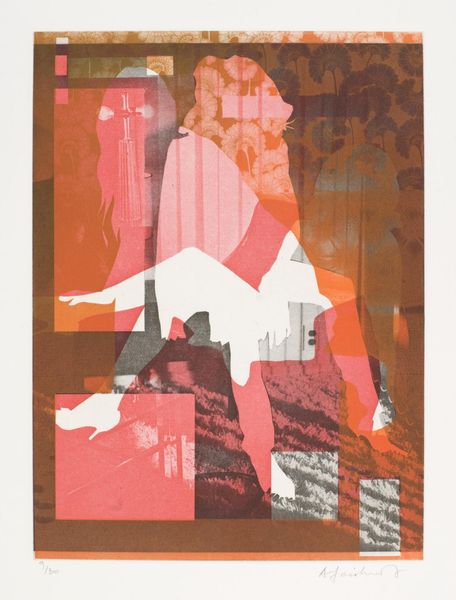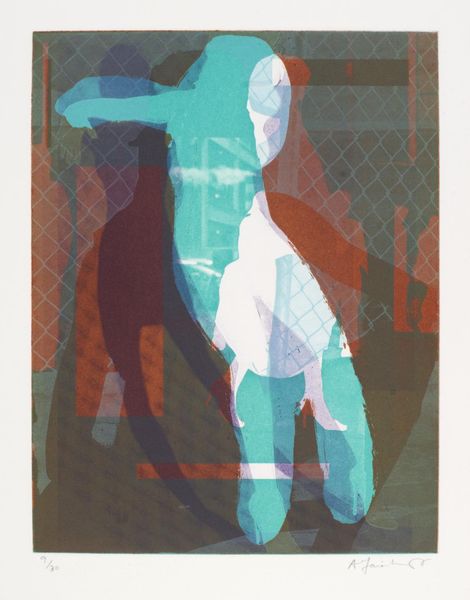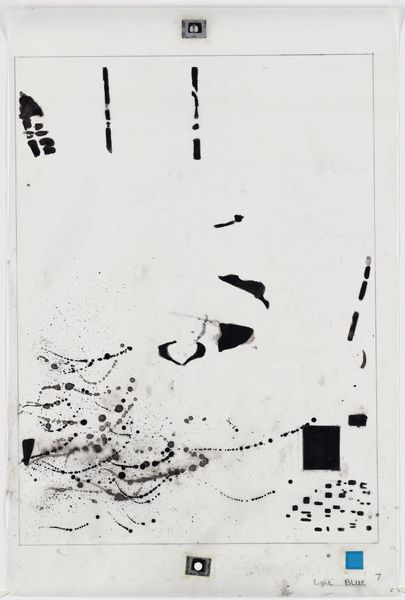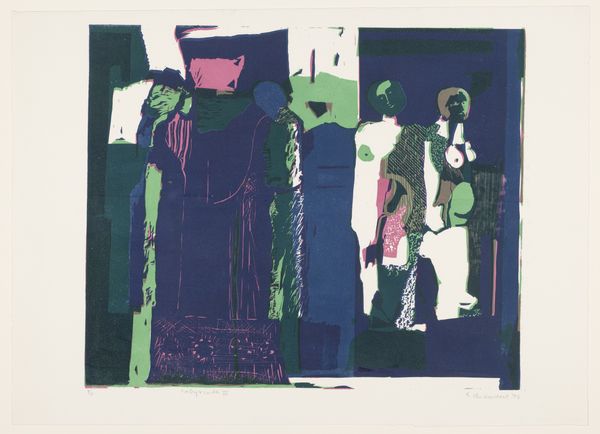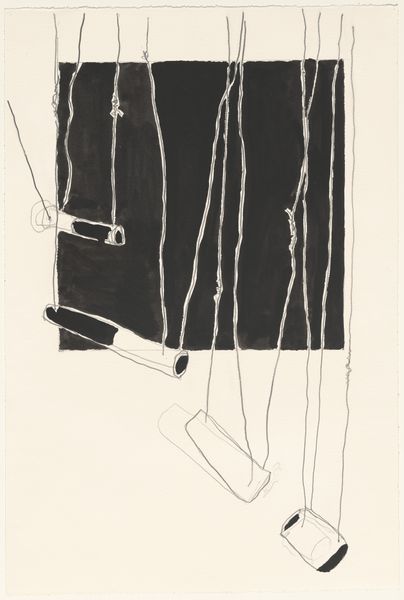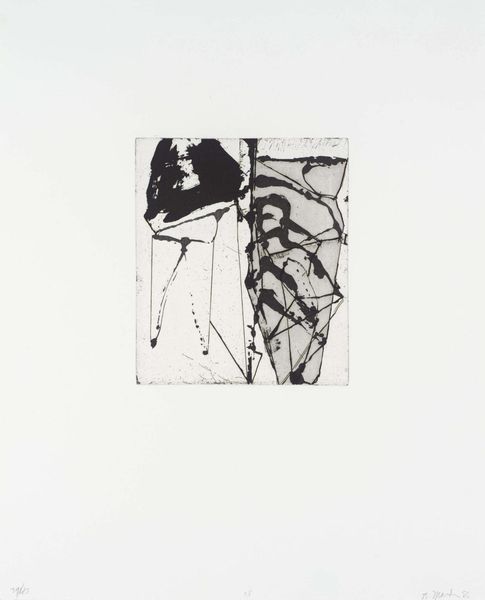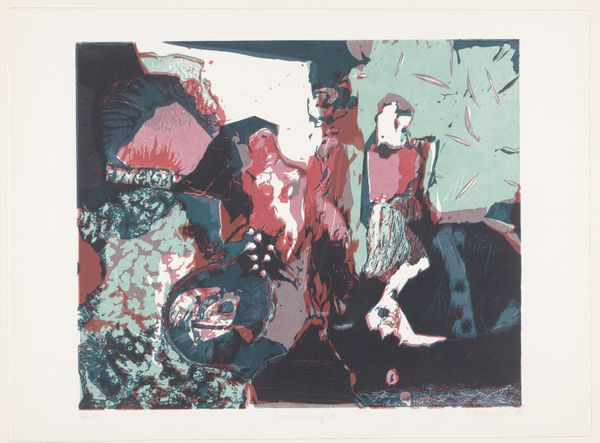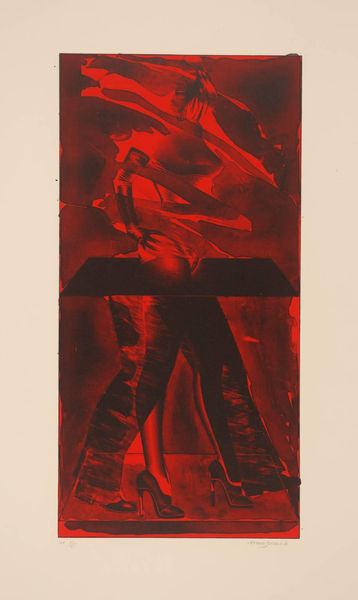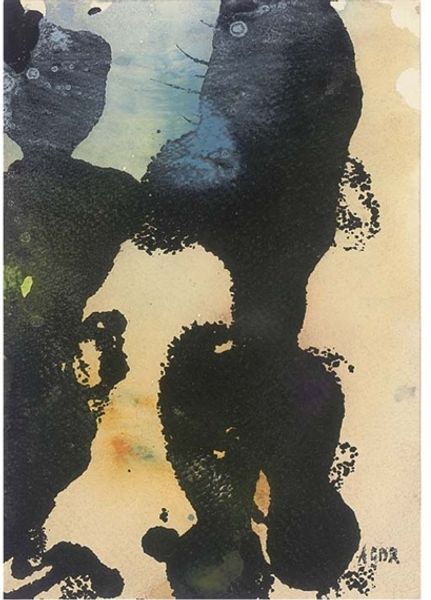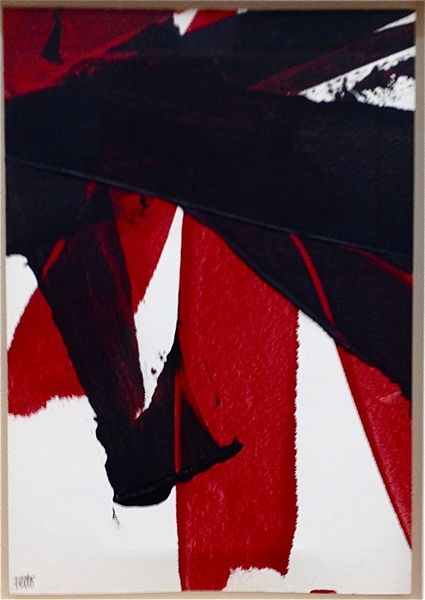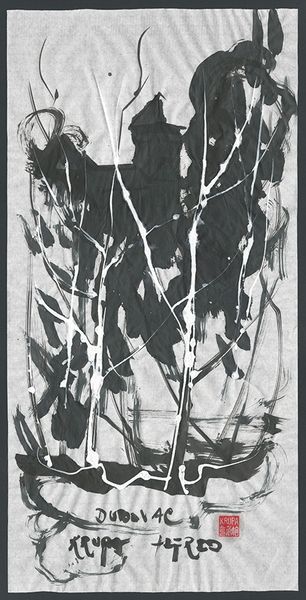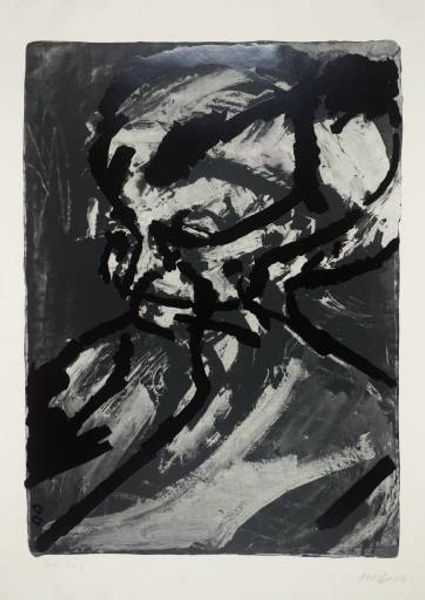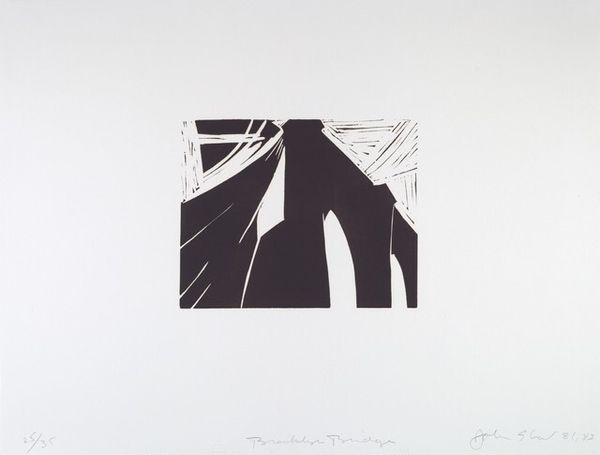
Dimensions: image: 282 x 220 mm
Copyright: © The estate of Angus Fairhurst | CC-BY-NC-ND 4.0 DEED, Photo: Tate
Editor: This is Angus Fairhurst's "Unprinted I." It’s hard to pin down the date. I'm struck by the figure’s obscured presence – almost erased. What do you see in this piece? Curator: The erasure speaks volumes. Fairhurst, working in the context of 90s British art, seems to be commenting on visibility and absence. How do societal power structures determine who gets seen, and who is effectively ‘unprinted’? Editor: That's a really interesting point. So, the blank space isn't just a void, but a statement? Curator: Precisely. It implicates the viewer. We are confronted with the mechanisms of representation and the politics inherent in what is deemed worthy of visibility. The ghostly outline suggests a struggle against that very erasure. Editor: I hadn't considered that. I’ll definitely look at Fairhurst’s work differently now.
Comments
Join the conversation
Join millions of artists and users on Artera today and experience the ultimate creative platform.
tate 6 months ago
⋮
Unprinted I 2005 is one of a set of three small rectangular photo-etchings mounted on grey paper, which depict silhouettes of women superimposed on top of each other against multi-layered backgrounds. The other works in the set, which are also owned by Tate, are Unprinted II 2006 (Tate P20289) and Unprinted III 2006 (P20290). The prints are largely made up of discrete blocks of colour, the tones of which vary where the layered images overlap. In the central portion of each image a number of silhouettes of women are layered over one another and some elements of their bodies – such as crossed legs and locks of hair – stand out in blocks of white, revealing that they are made from cut-out shapes rather than photographs. Each work offers partial and sometimes contradictory hints of a setting behind the women: Unprinted I includes a dim image of a wall with ridged rectangular shapes reminiscent of door panels or picture frames; Unprinted II features what appears to be flowered wallpaper and light filtering into a room through windows and blinds, while simultaneously showing an area of grass under the silhouetted women’s feet, suggesting that the figures are in fact outside; and the background in Unprinted III includes a wall with frame-like shapes on it overlaid with an image of a chain-link fence.
